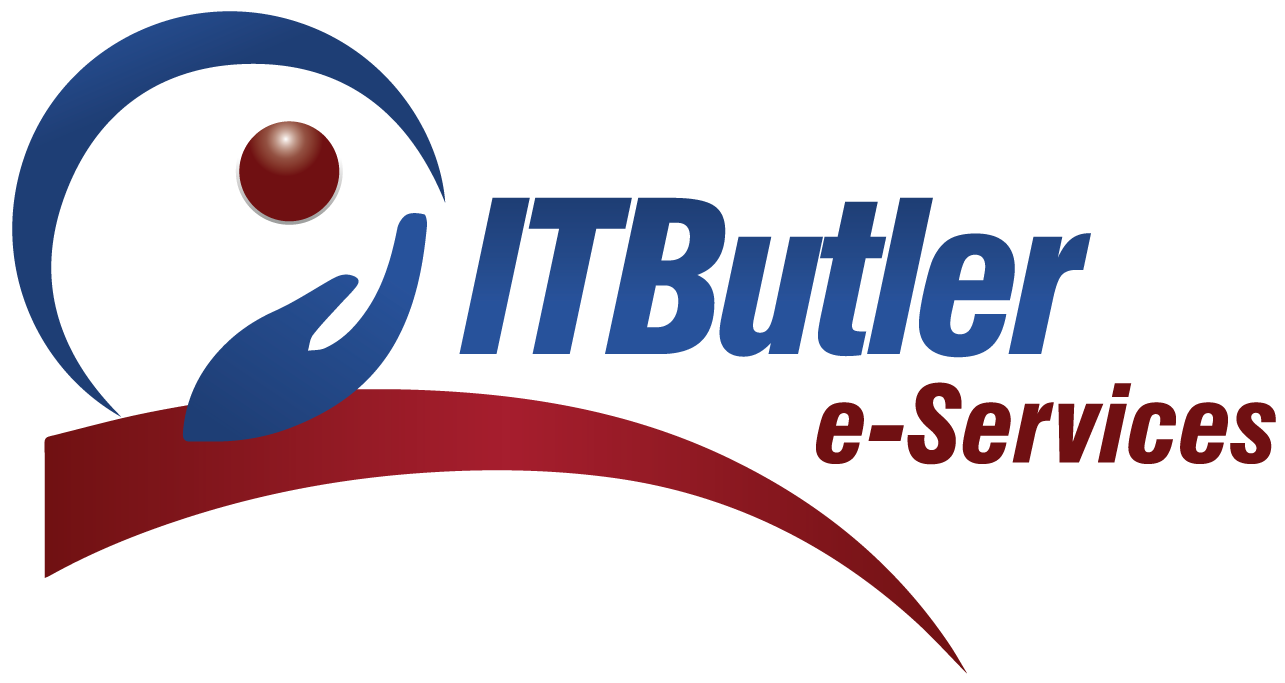Blockchain technology is reshaping the global financial landscape, offering transparency, efficiency, and enhanced security. Its decentralized structure removes intermediaries, reducing costs and making transactions faster. However, since the use of blockchain creates anonymity, it has been pointed out to increase fraud and money laundering. Therefore, due to the need to enhance the security of financial processes and reliable financial servicing, the Saudi Central Bank (SAMA) has implemented SAMA blockchain compliance measures.
These guidelines enable financial institutions to adopt blockchain correctly as per Saudi Arabia’s Vision 2030 for the digital economy. In this blog, we will discuss the importance of SAMA blockchain compliance, the key guidelines and regulations. Moreover, how financial institutions can ensure security, transparency, and regulatory adherence while implementing blockchain solutions.
Why should one embrace SAMA Blockchain Compliance?
Several issues are benefiting from the implementation of blockchain in banking, but the practice can only be effective within a safe and legal space. So SAMA compliance ensures:
- Fraud prevention through proper and enhanced client identification and verification. This is known as ‘KYC’ which stands for ‘Know Your Customer’ as well as the AML ‘Anti Money Laundering’ measures.
- Security and confidentiality of information will help protect financial data for a certain organization.
- Moreover, legal recognition of blockchain transactions makes them enforceable under Saudi law.
- Standardized integration of blockchain with traditional banking, preventing regulatory conflicts.
SAMA compliance in Dubai and Saudi Arabia both have adopted the digital banking structure, the financial sectors need to adhere to the policy to sustain competition.
Why Blockchain Must Be Regulated
Blockchain is often seen as a solution for secure digital transactions, but without regulations, it can be misused. Therefore, some major concerns include:
- Fraud & Money Laundering: It gives anonymity to the users, which provides a cover for fraud and money laundering activities.
- Cybersecurity Threat: Moreover, there is a potential data breach through hackers exploiting the weaknesses in the blockchain systems.
- Another limitation is privacy issues, as financial institutions must keep users’ financial and personal information secure to prevent hacks.
- Legal and regulatory requirements of the financial sector bind blockchain contracts and transactions.
Therefore, SAMA has set blockchain compliance guidelines to ease banks and fintech firms’ use of blockchain technology.
Key Features of Blockchain
Decentralization: However, the proposed system does not belong to and is not run by a single controlling entity, causing low fraud risks.
Transparency: Transactions are recorded publicly, ensuring accountability.
Security: Moreover, it is secure enough to ensure that hackers and fraudsters cannot tamper with it.
Immutability: Once a transaction is recorded, no one can alter or delete it.
Due to these characteristics, businesses use blockchain technology for payments, smart contracts, and identity verification.
Key Aspects of SAMA Blockchain Compliance
SAMA has introduced several regulations to guide financial institutions in adopting blockchain while maintaining security and stability.
1. Data Security and Encryption
Financial institutions must protect personal and financial data using advanced encryption techniques during storage and transmission. Institutions should also implement Multi-Factor Authentication (MFA) to minimize unauthorized access by hackers.
2. Regulatory Oversight on Blockchain Transactions
To prevent misuse, SAMA mandates financial institutions to monitor all blockchain transactions. These transactions should be recorded, ensuring
SAMA Regulations for Blockchain Technology
To promote the safe implementation of blockchain SAMA has put in place the following key regulatory sectors:
1. Governance and Risk Management
Blockchain as a core component when applied in financial institutions must have good governance to offer security as well as meet the legal requirements. So this includes:
- Defining roles and responsibilities for blockchain operations.
- So the wonders of the newly developed computers brought about periodic scrutiny for the detection of holes in the system.
- Measures to undertake to prevent hacking
- In particular, authorities defined the need for an incident response plan in case of a breach.
Therefore, there must be reports and audits that show compliance with the conduct of blockchain-based transactions of the banks.

2. Data Security and Privacy Regulations
Hence, the compliance to SAMA for blockchain solutions may include the following:
- End-to-end encryption to protect transaction details.
- Strict access controls so only authorized users can view or alter data.
- Secure data storage methods to prevent breaches or leaks.
- Moreover, compliance with Saudi Arabia’s data protection laws ensures customer privacy.
So to avoid losing its customer trust, the financial institutions have to incorporate the following security measures to counter incidences of cybercrimes.
3. KYC & AML Compliance for Blockchain Transactions
Blockchain transaction data may be anonymous, and that implies various risks in areas of financial crimes. So to prevent fraud, SAMA requires:
The case also involves several features like Know Your Customer (KYC) procedures to recognize users.
Moreover, the prevention of Money Laundering to control suspicious deals.
Moreover, real-time transaction monitoring to alert you of all suspicious financial activities.
These steps help to retain blockchain as an open and secure financial instrument.
4. Smart Contracts and Regulatory Compliance
Developers embed smart contracts directly on the Blockchain, and they process transactions automatically when users meet specific conditions. However, legal authorities must approve and recognize them within a legal framework.
So to ensure compliance, SAMA mandates:
- Legal review of smart contracts to confirm their enforceability.
- Regular audits to detect coding errors that may lead to fraud.
- Lastly, transparency in smart contract terms to prevent disputes.
Hence, a lack of regulation of smart contracts can result in unlawful and fraudulent transactions taking place.
5. Integration with Traditional Banking
However, financial authorities strictly regulate blockchain operations, ensuring they comply with current banking legislation. So SAMA compliance ensures:
- Seamless integration between blockchain and traditional banking systems.
- Clear reporting standards for blockchain-based transactions.
- Moreover, internet-based payments and settlements are compliant with the financial industry.
Conclusion
Blockchain is revolutionizing financial services, but it must be used responsibly. So SAMA blockchain compliance ensures that institutions benefit from blockchain’s efficiency while protecting customers from fraud.
SAMA regulations allow financial institutions to:
- Enhance security and prevent fraud.
- Ensure legal recognition of blockchain transactions.
- Moreover, gains customer trust through regulatory compliance.
- Seamlessly integrate blockchain with traditional banking systems.
As blockchain technology evolves, staying compliant is not just a requirement but it’s a business necessity. Therefore, institutions that follow SAMA’s blockchain guidelines will be leaders in the future of Saudi Arabia’s digital economy.






